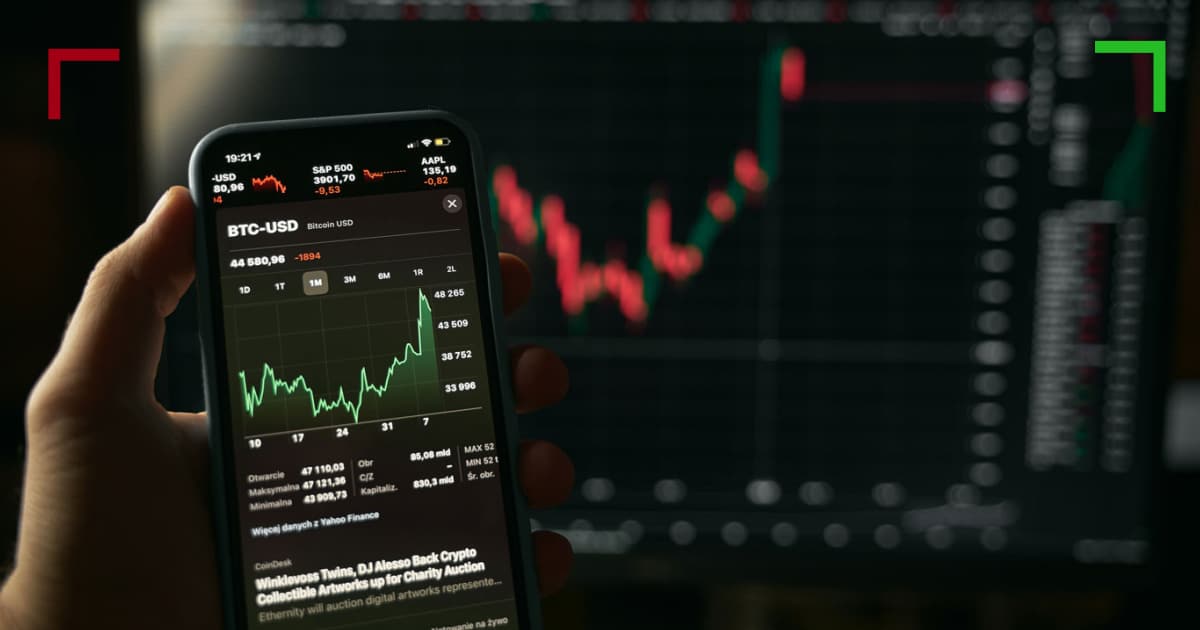
Understanding Crypto Margin Trading: A Comprehensive Guide
In the rapidly evolving world of cryptocurrency, one trading strategy stands out for its potential to maximize profits: Crypto Margin Trading. This approach allows traders to borrow funds to increase their trading positions, significantly amplifying both gains and losses. For those looking to delve into this complex method, having a solid grasp of its principles, benefits, and risks is essential. In this article, we will unravel the intricacies of crypto margin trading, exploring various aspects from how it works to best practices for managing risk. Additionally, if you’re keen to learn more about blockchain education and community initiatives, Crypto Margin Trading click here [1] for an insightful resource.
What is Crypto Margin Trading?
Crypto margin trading refers to the practice of borrowing money to trade cryptocurrencies, enabling traders to open larger positions than their actual account balance would otherwise allow. By leveraging their capital, traders can increase potential returns if the market moves in their favor. However, this also means that losses can be magnified if the market moves against them. In margin trading, terms such as leverage, margin, and liquidation become crucial components that every trader must understand.
Key Concepts in Margin Trading
Leverage
Leverage is a fundamental aspect of margin trading. It allows traders to control a larger position with a smaller amount of capital. For instance, with 10x leverage, a trader can control $10,000 worth of cryptocurrencies by investing only $1,000. While this can maximize profits, it also increases risk, as losses can exceed the initial investment.
Margin
Margin is the amount of capital required to open a leveraged position. It acts as a security deposit and is often a percentage of the total position size. Different exchanges offer varying margin requirements, which can influence the level of risk taken.
Liquidation
Liquidation occurs when a trader’s equity falls below the required margin level. When this happens, the trading platform may automatically close open positions to prevent further losses. Understanding liquidation thresholds is crucial for managing risk effectively.
Advantages of Crypto Margin Trading

There are several compelling reasons why traders engage in margin trading:
- Increased Profit Potential: By leveraging funds, traders can maximize their gains on successful trades.
- Diverse Investment Opportunities: Margin trading allows exposure to various cryptocurrencies that might otherwise be unaffordable without leverage.
- Short Selling: Margin trading enables traders to profit from declining markets by shorting cryptocurrencies.
Risks Involved in Crypto Margin Trading
While the potential for higher profits is appealing, traders must also be aware of the associated risks. Margin trading is inherently risky due to:
- Amplified Losses: Combined with leverage, poor trades can lead to substantial losses, which can exceed the initial investment.
- Market Volatility: The cryptocurrency market is notoriously volatile, which can trigger rapid price changes and potential liquidation.
- Psychological Stress: The pressures of margin trading can lead to emotional decision-making, affecting overall trading performance.
Best Practices for Margin Trading
For those who choose to engage in crypto margin trading, following best practices can help mitigate risks:
- Start Small: New traders should begin with a small amount of capital to familiarize themselves with the process, avoiding significant financial exposure.
- Use Stop-Loss Orders: Implementing stop-loss orders can protect investments by automatically closing positions when certain price levels are reached.
- Educate Yourself: Continuous education about market trends, strategies, and trading tools is vital for success in margin trading.
- Maintain Discipline: Establishing clear trading rules and sticking to them can help prevent emotionally driven decisions.
Choosing a Margin Trading Platform
Selecting the right trading platform is crucial for a successful margin trading experience. Factors to consider include:
- Leverage Options: Different platforms offer various levels of leverage; choose one that aligns with your risk tolerance.
- Security Features: Ensure the platform has robust security protocols to protect your investments.
- User Experience: A user-friendly interface can enhance your trading experience, making it easier to execute trades efficiently.
Conclusion
Crypto margin trading can be a powerful tool for increasing profits but comes with significant risk. By understanding the mechanics of leverage, margin, and liquidation, and embracing best practices, traders can navigate the complexities of the market more effectively. As the cryptocurrency landscape continues to evolve, knowledge and education will remain the keys to responsible trading. Whether you’re a novice or an experienced trader, staying informed and cautious is essential for achieving long-term success in the world of crypto margin trading.